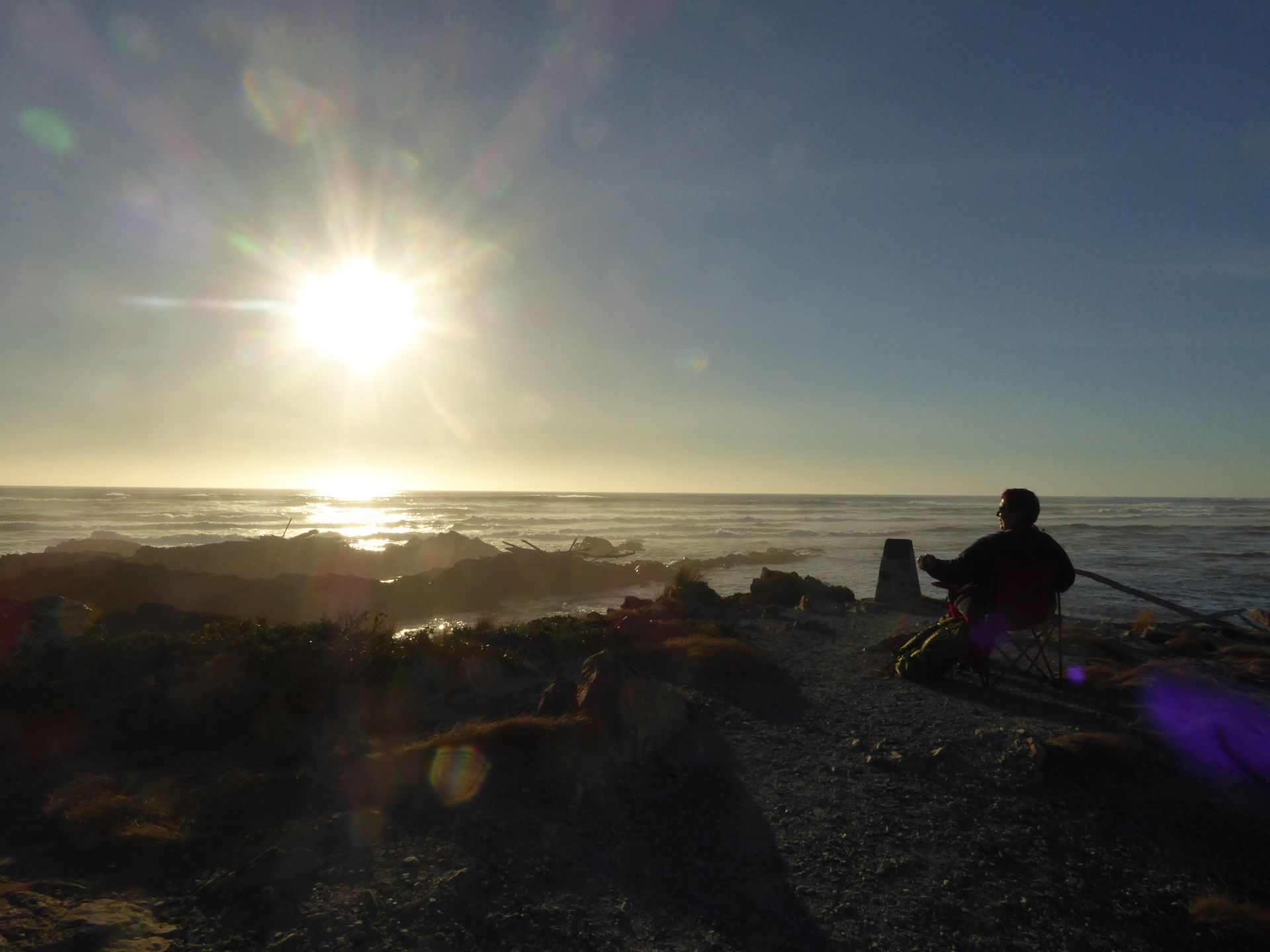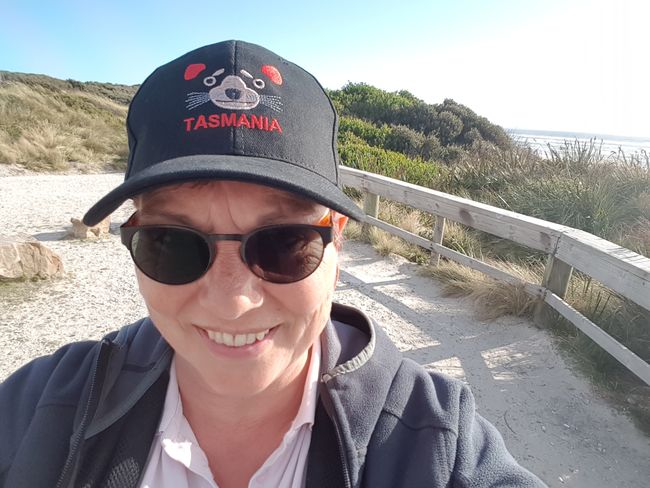
TASMANIEN - 3 Wochen solo im Camper
vakantio.de/tasmanienimcamper
Along the north coast to the west. Stanley, The Nut, and Penguins
Objavljeno: 06.02.2018
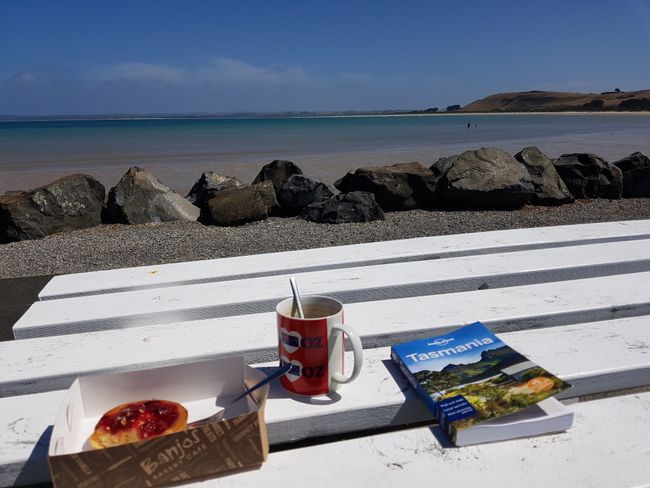
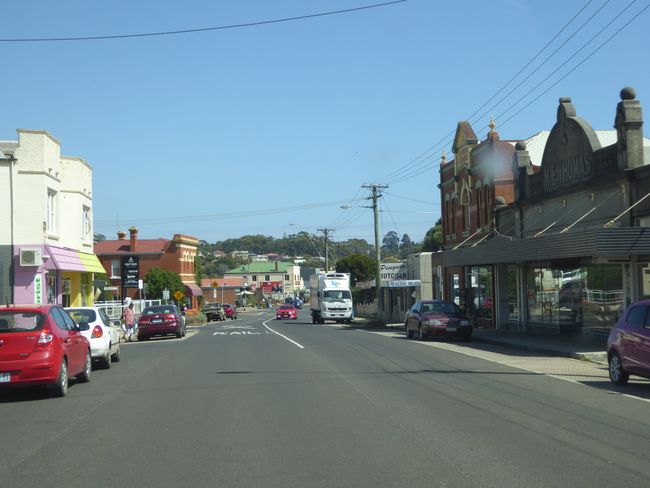
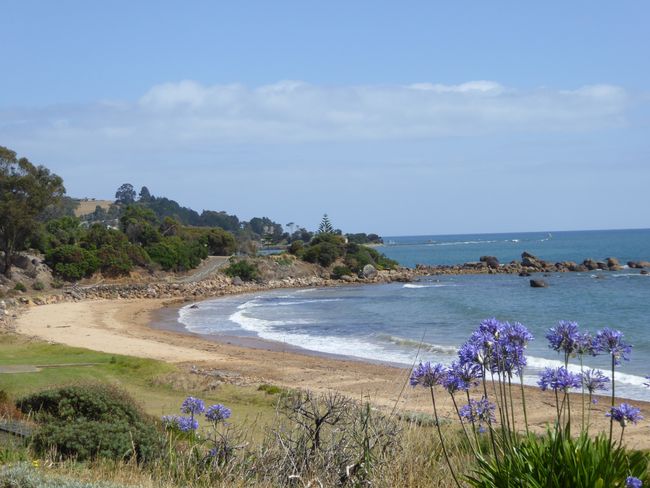
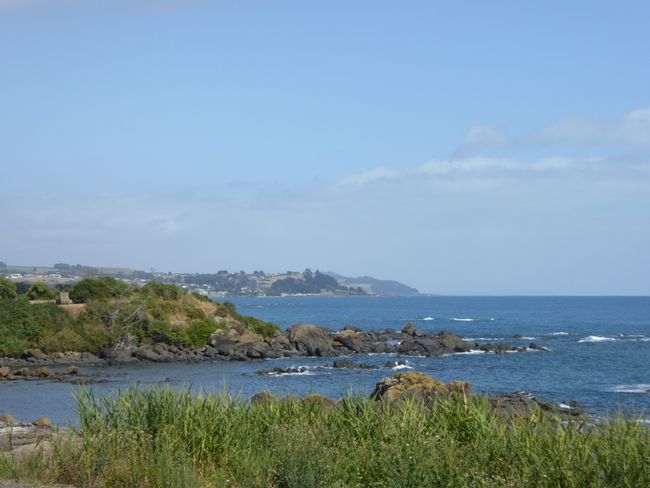
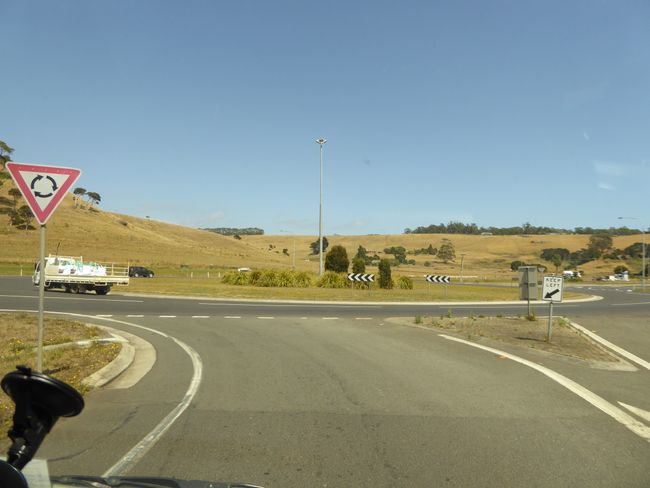
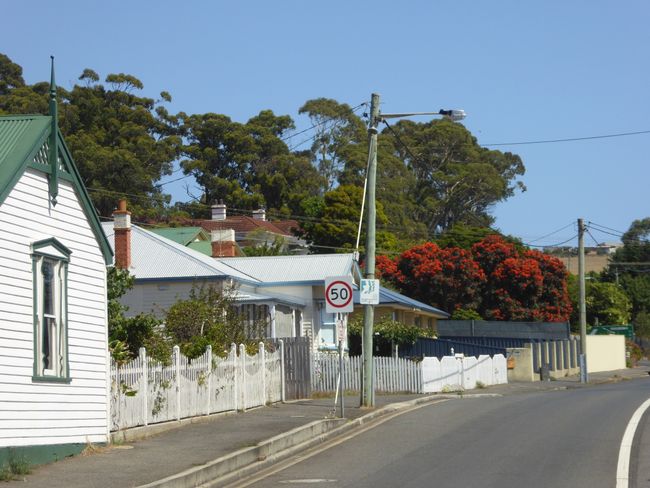
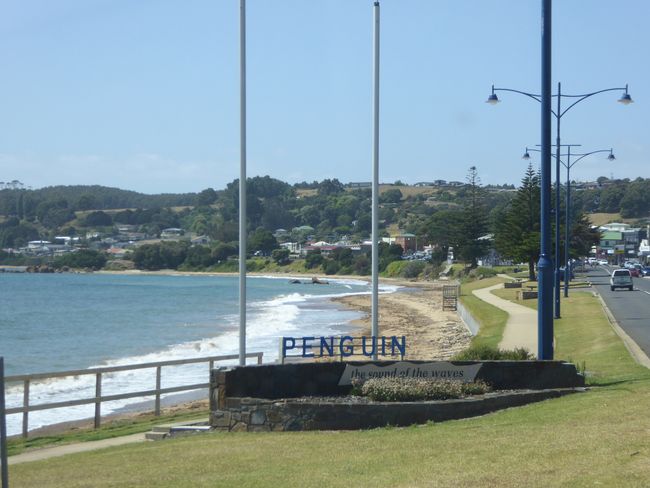
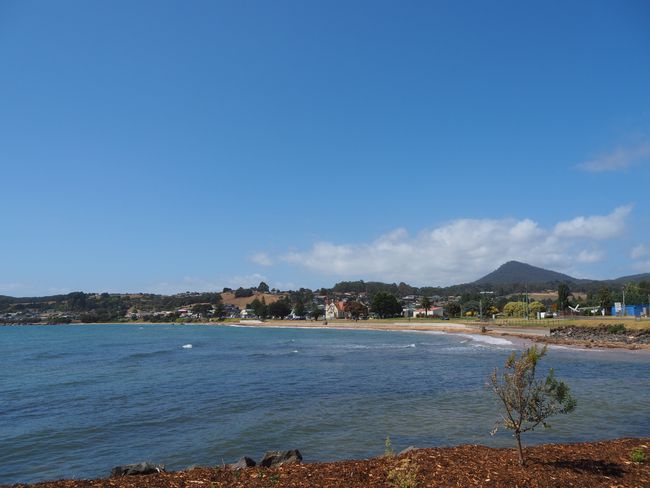
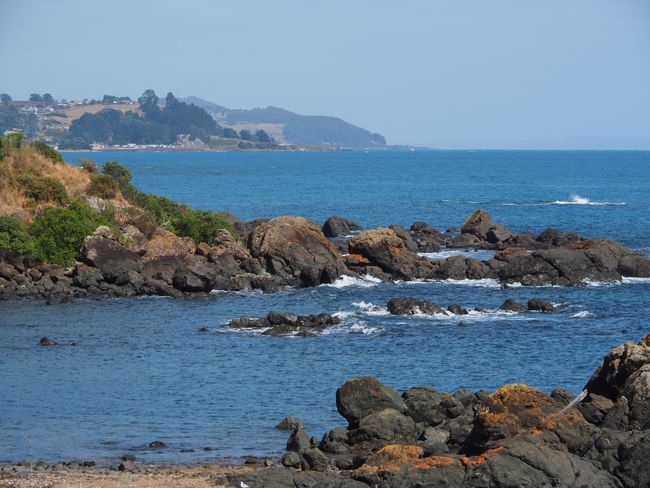
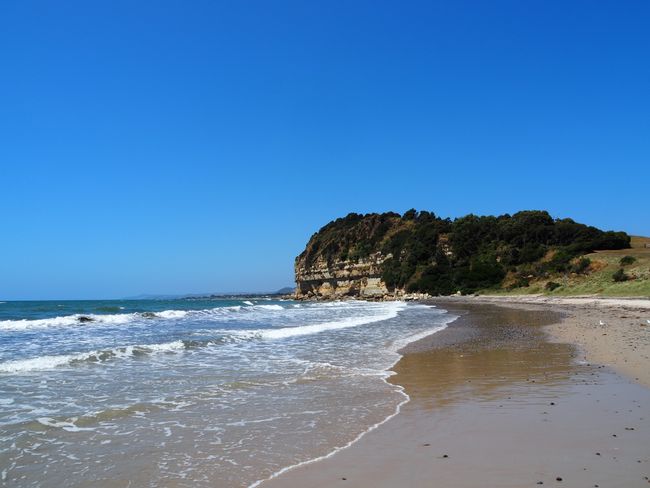
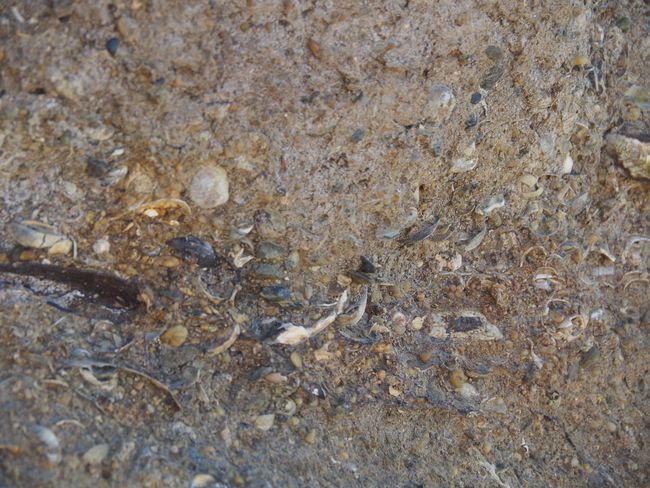
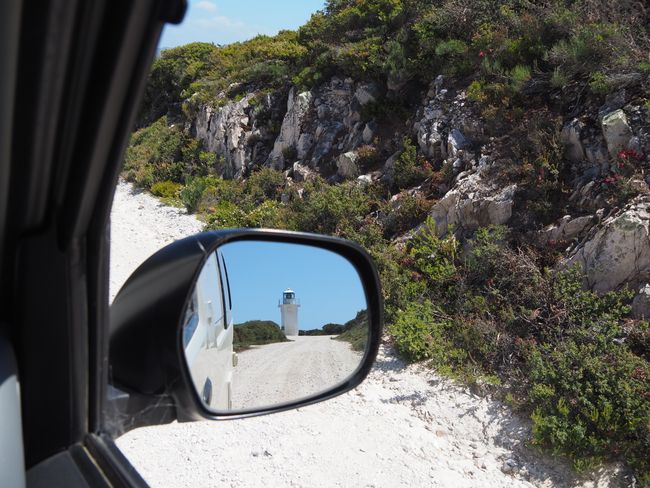
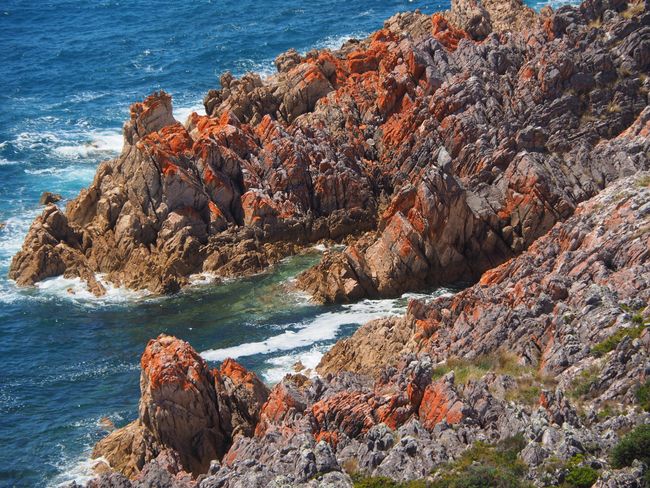
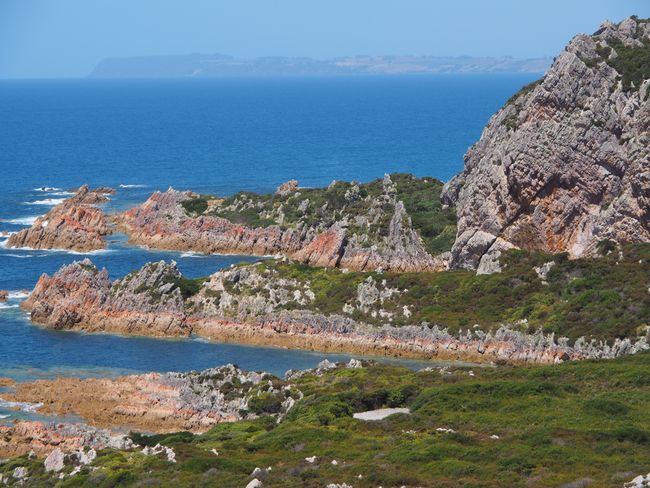
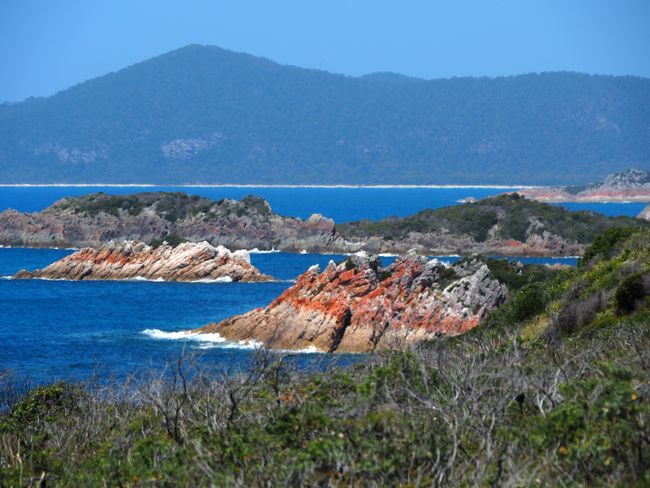
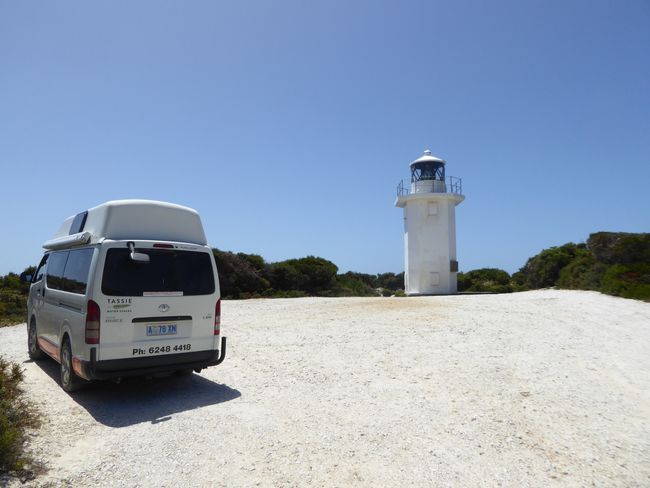

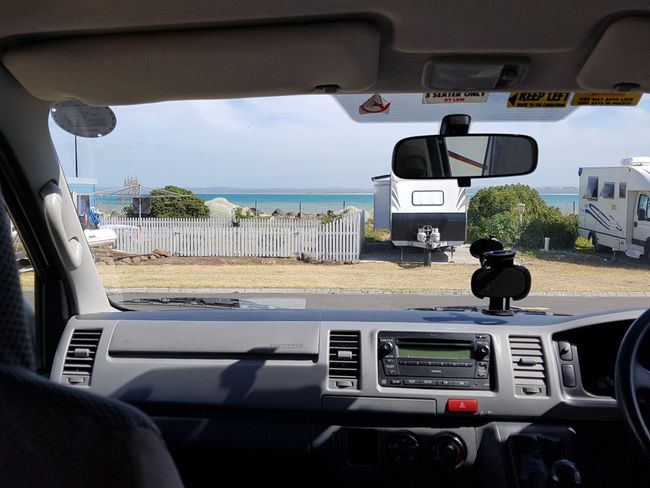
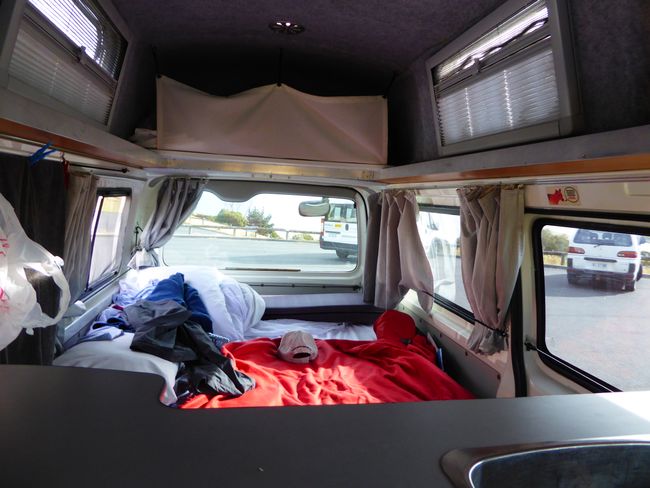
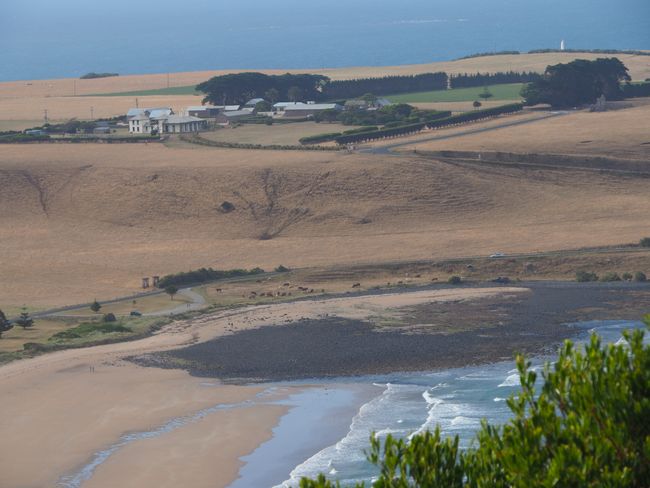
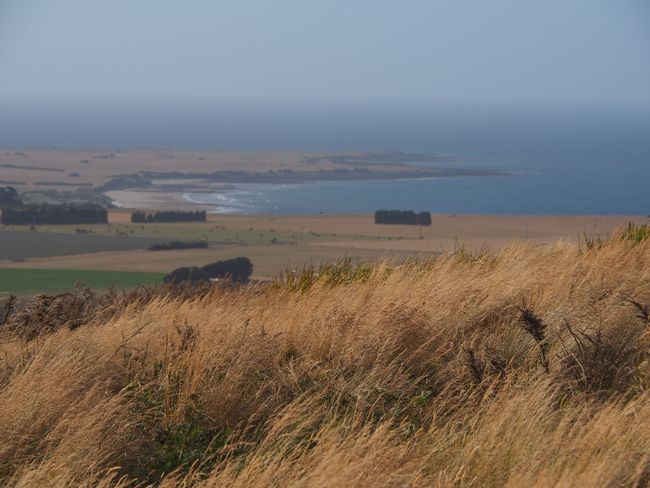
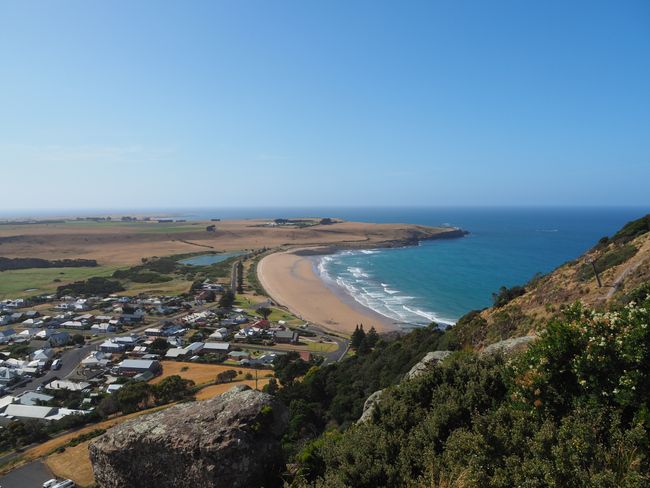
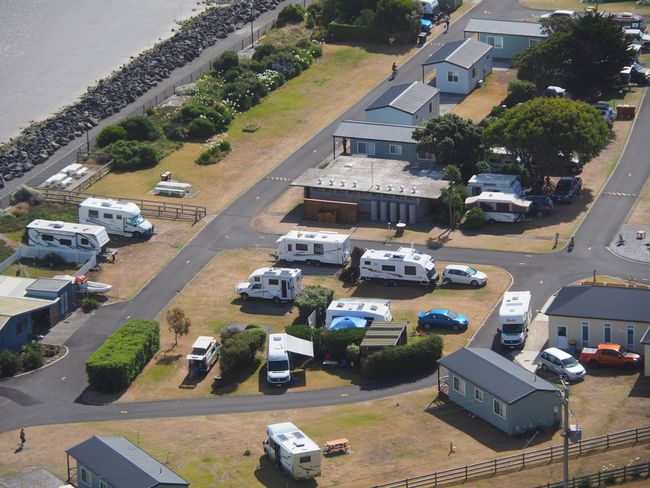
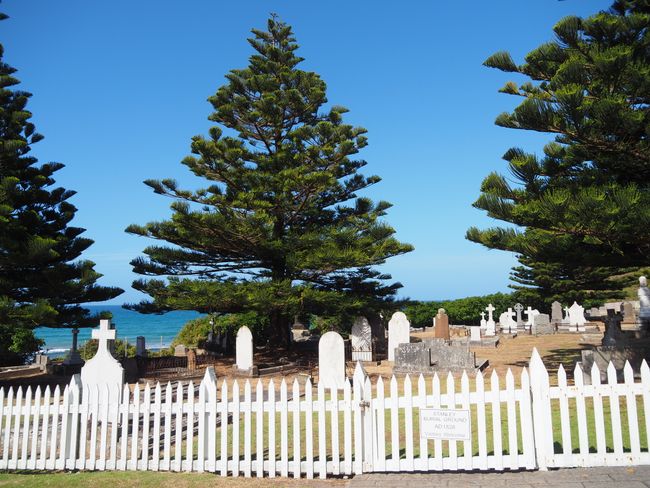
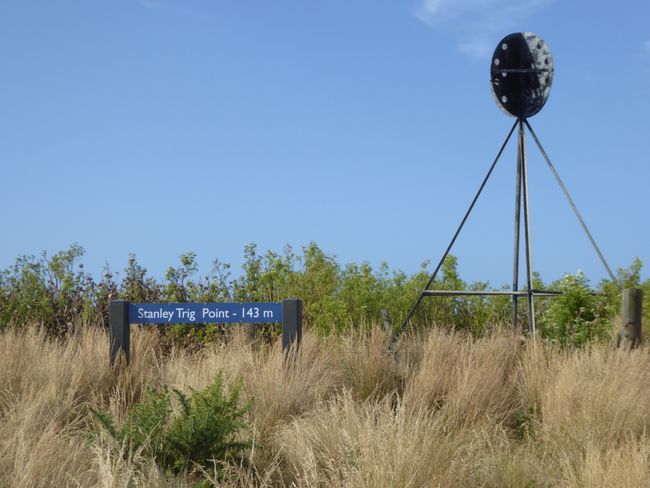


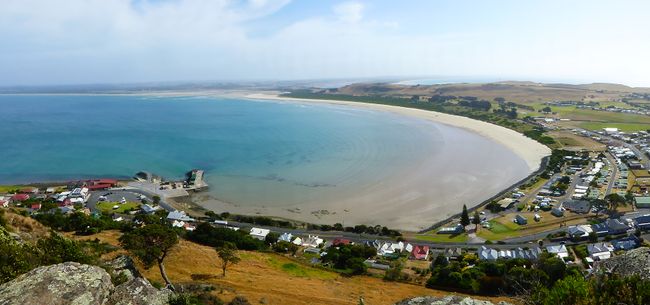
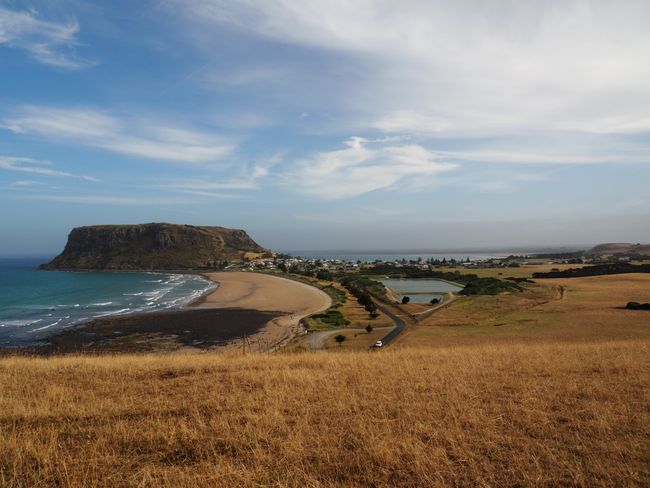
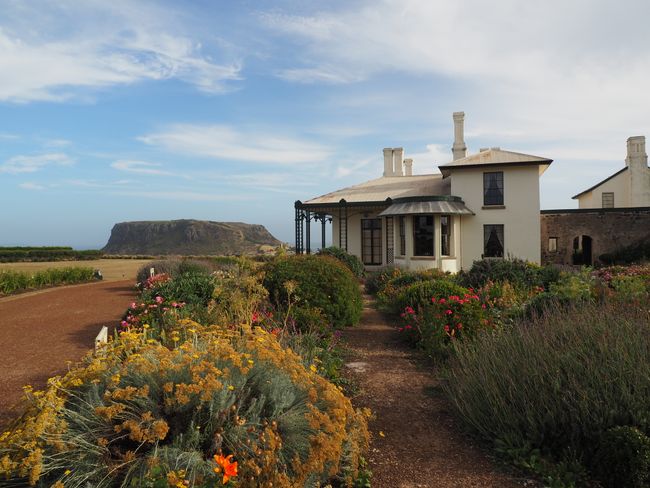
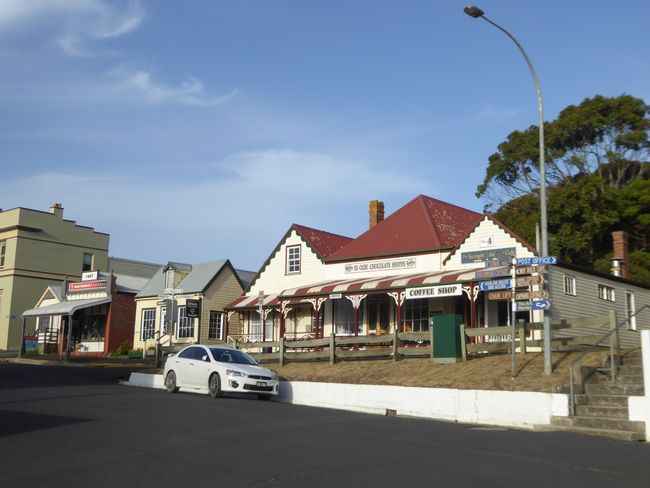
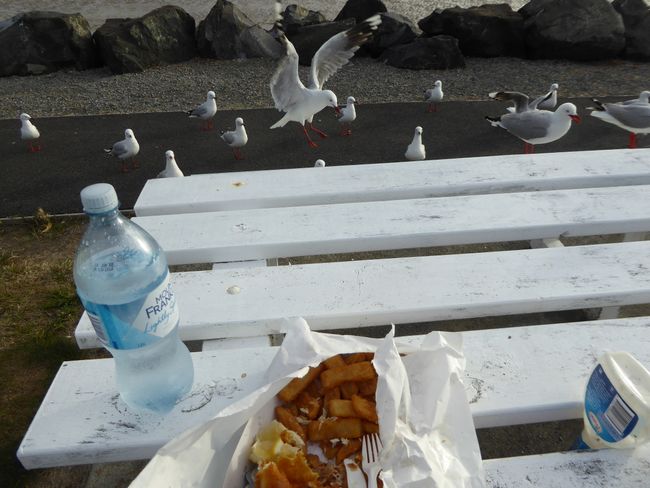
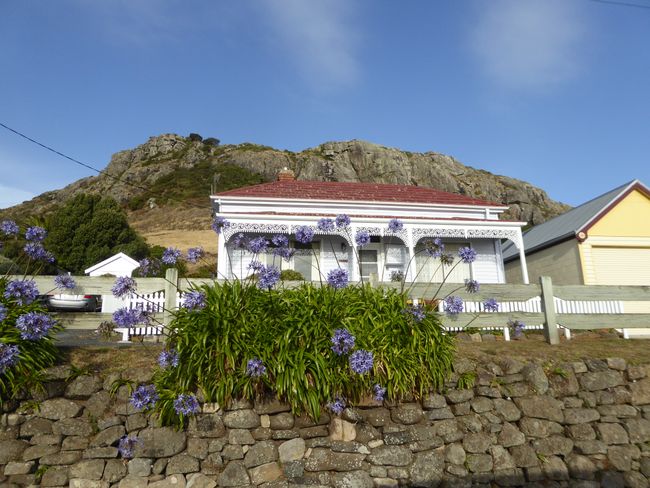
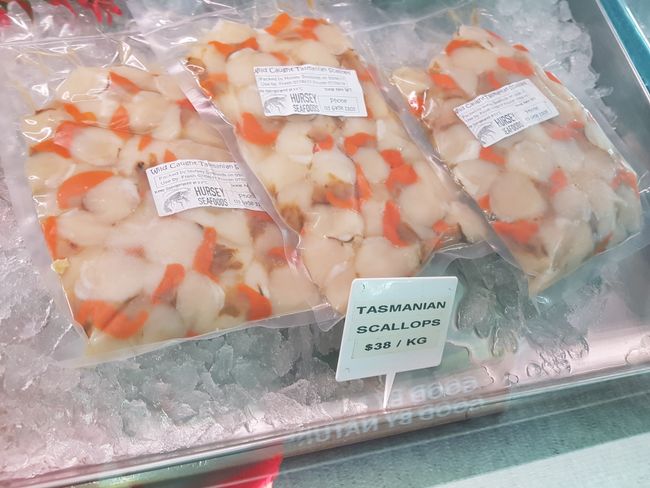
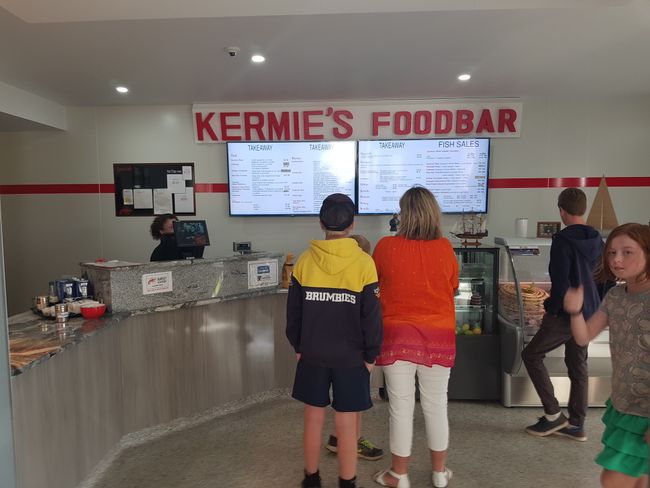
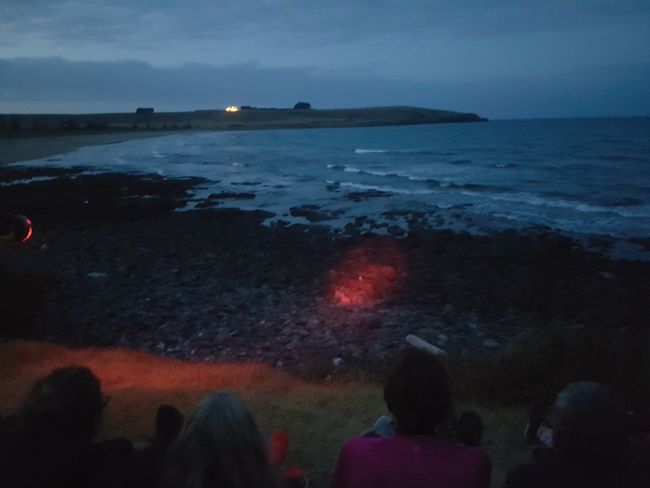
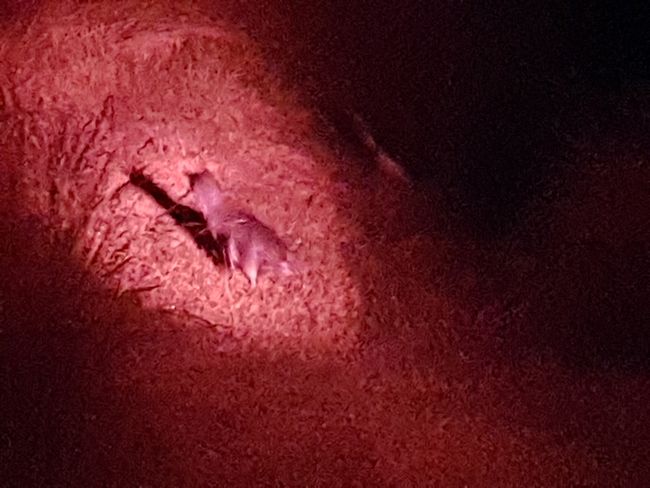
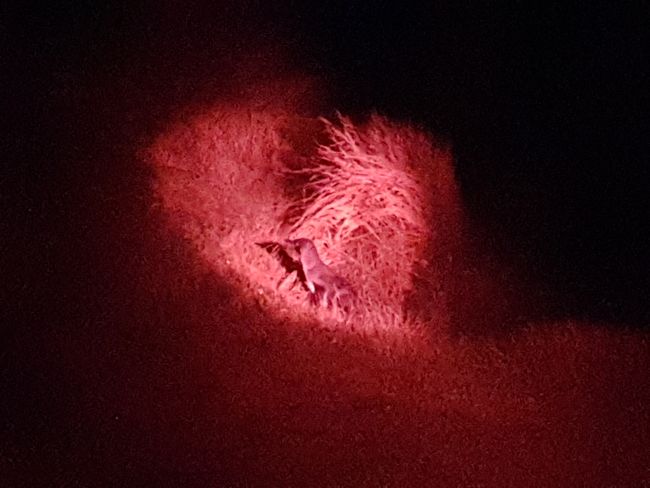
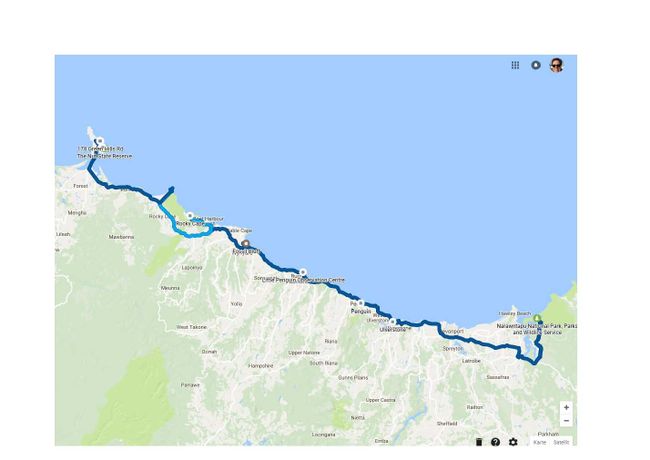
Naročite se na glasilo
Wednesday 16.1.18
I get up early and I'm ready to leave at 9:00 am at the Visitor Center, which is open again. So I quickly buy a baseball cap and a nice towel with Tasmanian devils and then continue my journey westward from this beautiful national park. Just after the exit, two kangaroos jump from left to right across the road to say goodbye, and once again I'm glad to be driving so leisurely. At 9:25 am, my odometer reaches 180,000 km. The car was built in 2009, so it is about 8 years old.
The first place I visit is Ulverstone, which is supposed to have beautiful old houses, but it is not as nice as Latrobe yesterday. So I continue to Penguin. I take the Penguin Road, which runs directly along the water. I imagined Penguin to be a small cute town, but it is rather typical for here and lacks atmosphere. There are a few shops somewhere and it looks a bit like a holiday resort, but that only applies to about 100m on the main street that separates the beach from the shops. However, the bay where Penguin lies is quite pretty. I had considered staying here overnight on the way back from the west coast to see penguins. But now I'm not completely convinced anymore. So I continue about 40km along the coast to Wynyard. Here, there are rocks with fossil inclusions in a bay. So I search for Fossil Bluff and find this small bay below a parking lot in a residential area. The beach is deserted and I take a look at the many shells and stones that can be seen at eye level in the approximately 30m high sandstone cliffs. These inclusions are estimated to be 275 million years old. In this bay, remains of 25 million-year-old marsupials have also been found. Actually, this is an area where I would like to dig a bit more The bay itself is very beautiful - and above all, without flies because there is a nice wind blowing here. So it's a beach experience with a fleece jacket.
I continue to Penguin House, but it is not accessible at this time of day. Right behind the small building are burrows of the little penguins that come here in the evening. But not now.
Next stop is the Rocky Cape National Park. Since I don't pay much attention to my GPS, I turn off the A2 towards Sisters Beach, which is also part of the Rocky Cape NP, but I overlook that it is a dead end and I can't get to Rocky Cape. Luckily, there is a toilet at Sisters Beach before I drive the 7km back to the A2. So I wasted 14km detour, which of course took a while due to curves, etc., and I still want to go to Stanley, where there isn't a great selection of campgrounds, especially since I want a powered site and if there is nothing in Stanley, I would be a bit stuck because there is nothing nearby. So once again, it's all about time and I'm glad when I see the straight road that leads from the A2 to Rocky Cape. In the end, I still have to drive on gravel road for about 2km and shortly before the lighthouse on the top, the road goes steeply uphill with quite a few potholes, and I can only accelerate and don't want to brake or shift gears on this slope...
The white lighthouse is unspectacular and not accessible, but the view from up here is really great. A panorama of the cliffs with red rocks, The Nut of Stanley ahead on the left. I take some photos, I am here once again all alone. So I continue and now finally to Stanley.
Tonight, I want to have a good shower, without discolored water and with a 4-minute restriction. This morning in Narawntapu, despite the tokens, only cold water was running after 1 minute. It wasn't very nice.
I reach Stanley at 3:00 pm and for a proud $33, I get a powered site with a view of the ocean. The campsites here are very tight, and I still fondly remember Beauty Point with the tall hedges between the sites. Here, when I back into the designated spot, I almost hit the neighbor's clothesline. The showers/toilets are okay, there is tap water and I fill up my dishwashing water bottle. By now, I have three types of water in the car: sparkling drinking water, non-sparkling coffee/tea water, and not safe "drinking" water for washing. On many campgrounds, water is only available from tanks or untreated rainwater tanks. This actually needs to be boiled for at least 3 minutes, but a kettle turns off when it boils, and I don't want to dig out the gas stove and set up the whistling kettle every time. So this not-so-great water is only used for washing after it has been boiled for a few seconds in the kettle.
I quickly make myself a coffee in my Australia cup, grab a piece of cake from yesterday in Latrobe, and sit down with my guidebook, coffee, and cake at one of the picnic tables right by the water. The wind blowing here is quite fresh, and despite the apparent sunshine, I soon find myself in my fleece jacket.
I unpack and pack everything in the car again and drive with the camper through town up to the base station of the chairlift on The Nut, the mountain behind Stanley. Stanley has just under 500 inhabitants and is located at the end of a narrow peninsula, and The Nut is a volcanic remnant that is a prominent landmark behind the town, which I could already see from Rocky Cape. The sides are extremely steep, so you can't just walk up here easily. Since the cable car closes at 5:15 pm, I only buy a one-way ticket for $10 instead of also getting the return trip, and I take the 4-minute ride up to the flat top of the mountain. Here, a 2km circuit path begins around the surface of The Nut, and I turn right to start the walk. If I were to come here again - I would go left. Because if you go right, the path constantly goes uphill with many stairs, which makes it a bit more strenuous than if you walk in the opposite direction and only walk downhill.
The views from up here are amazing. I was afraid that it would be cold here, but it's okay, and I walk with and without a jacket from time to time. The sun shines strongly, although it is getting closer to evening. The light gets more and more beautiful, and I walk among trees, then through tall grass areas, mostly on a well-maintained boardwalk. Here and there, you can see wallabies, fortunately still no snakes.
It takes me about 1 hour to complete the whole loop, and I have really nice views of Stanley, which is surrounded by the rough Bass Strait on one side and on the other side, where my campground is, by the calm lagoon with an incredibly huge beach.
Finally, I have to walk downhill. It's a horribly steep stretch of path where you really have to hold onto the railing. I really don't want to hurt myself, twist my foot, or stumble - when you're traveling alone, you always have to be a bit more careful so that your vacation doesn't suddenly become difficult. The path is about 400m long and winds steeply downhill in hairpin turns, and I trip down there and am glad when I stand at the camper after about 15 minutes, still well above the town.
I take a small road to the north to Highfield House. This private residence has a wonderful view of the north side of The Nut and the Bass Strait. Built in 1830, mostly by convicts treated as slaves, it is now a "historic site" of Australia. Now, in the evening sun, it is there without tourists. You can walk into the garden and look around, but I wasn't interested in going inside the buildings anyway. The people with money already knew where to settle down back then.
I drive back to Stanley in a big loop and into the main street.
The town consists practically only of this main street with a few houses that would be suitable for movie scenes, similar to Alaska or the Yukon. Some houses are beautifully situated behind wonderful flowers in the evening sun as I drive through here again. Then at the end of the street, I discover Hursey's Seafoods, which has a restaurant upstairs and a take-away downstairs. The temptation not to eat canned food, sandwiches, or the old wallaby patties is great, so I go into the take-away shop and treat myself to a seafood combo for a princely $32, which includes several types of fish and scallops, and is freshly made. I take it with me to the campground and sit in the evening sun with it, greedily watched by seagulls. I keep the paper close above the tray, eat my fish, and ignore the fries. On the way to the trash can, it's like Hitchcock's "The Birds" because the wings of the seagulls hit my head while the squawking gets louder until I sink the fries in the trash.
It's almost 8 pm, I transfer the many beautiful pictures from today to my tablet to additionally secure them there, along with the memory card as always. Then I make my bed because I don't want to do it later. My day's program is far from over. Tonight, I want to watch penguins. And since they only come out after dusk, I will return here in complete darkness, and campers are already asleep and would be woken up by me slamming the doors.
Observing penguins in Stanley is possible behind the old cemetery. From Harrison Terrace, there is a right turn to a parking lot above the beach. There is access to a grassy area above the rocky coast through a white gate. Here are the burrows of the penguins that have their young in the underground holes or sometimes even under the old church of the cemetery.
With long pants, boots, a scarf, and a jacket, I walk through the gate, and several signs ask us to keep walking so that we don't stand in the path of the returning penguins.
Ultimately, about 8 curious tourists gather there, and an unofficial ranger appears there with two red lamps, which he soon uses to spotlight the arriving Little Blue Penguins very well. Penguins only see light and darkness, and while bright lights, flashes, or similar blind, harm, and scare the animals, they don't perceive red light at all, but it allows us humans to see the animals better. It is almost 9:30 pm when the first penguins arrive at the rocky bay below our spot. Within the next three-quarters of an hour, about 30 penguins arrive here. My camera sensors fail. The only device capable of producing images and videos is my mobile phone. This type of penguin, which I already know from New Zealand, is the smallest penguin species in the world. Leg length: 1 cm. Accordingly, the path from the water over the rocks and then uphill to the grass and further to the burrows is difficult for the animals. Their biggest enemies are actually dogs, humans (cars), and cats. The parents spend the day in the sea to gather food for the ravenous young, who are then fed by them in the evening. I have already experienced this in New Zealand. The juveniles are larger than the adult parents and ruthlessly snatch the fish from their beaks. As soon as the parent penguins arrive next to us on the grass and move more and more towards the bushes/cemetery/church, the screams of the chicks from the burrows become louder.
A really nice end to this eventful day, with fossils, a volcano circuit, beautiful views from Rocky Cape and The Nut, and now penguins.
The short way back to the campground leads me once again through the - now dark - main street of Stanley where a wallaby is sitting in the middle. I park in reverse next to the clothesline, plug in my power cable, and go to bed. It's almost midnight when I have completely secured my pictures and the lights go out.
Naročite se na glasilo
Odgovori
